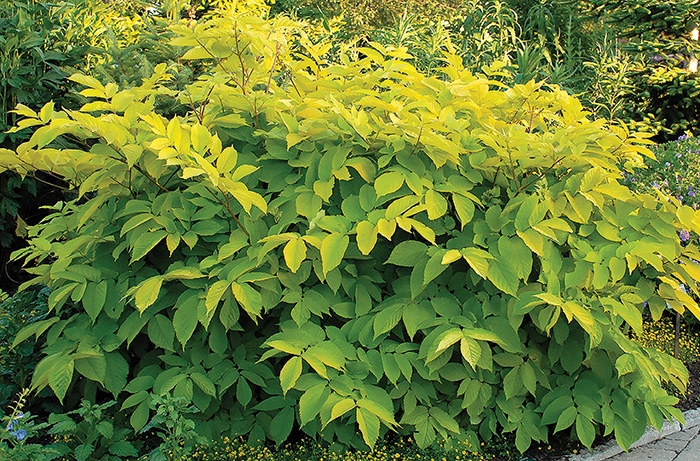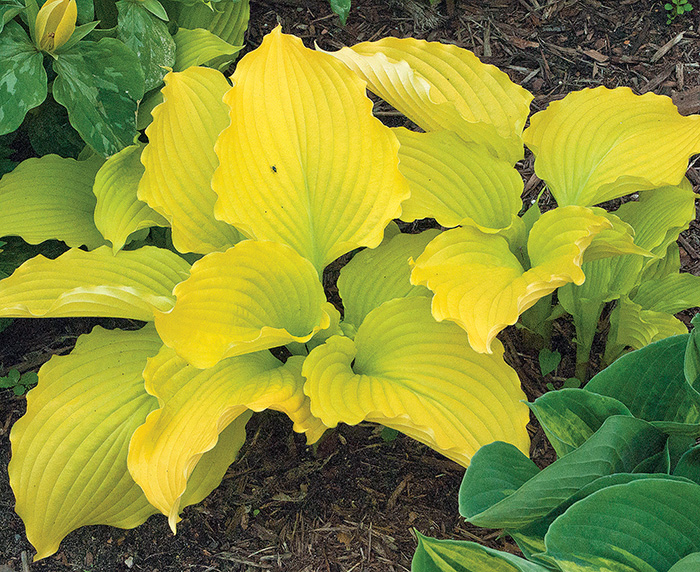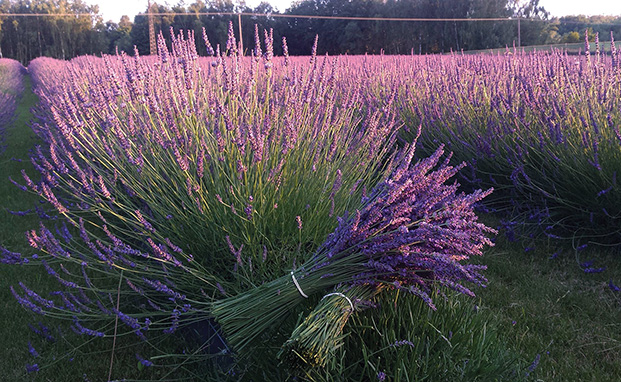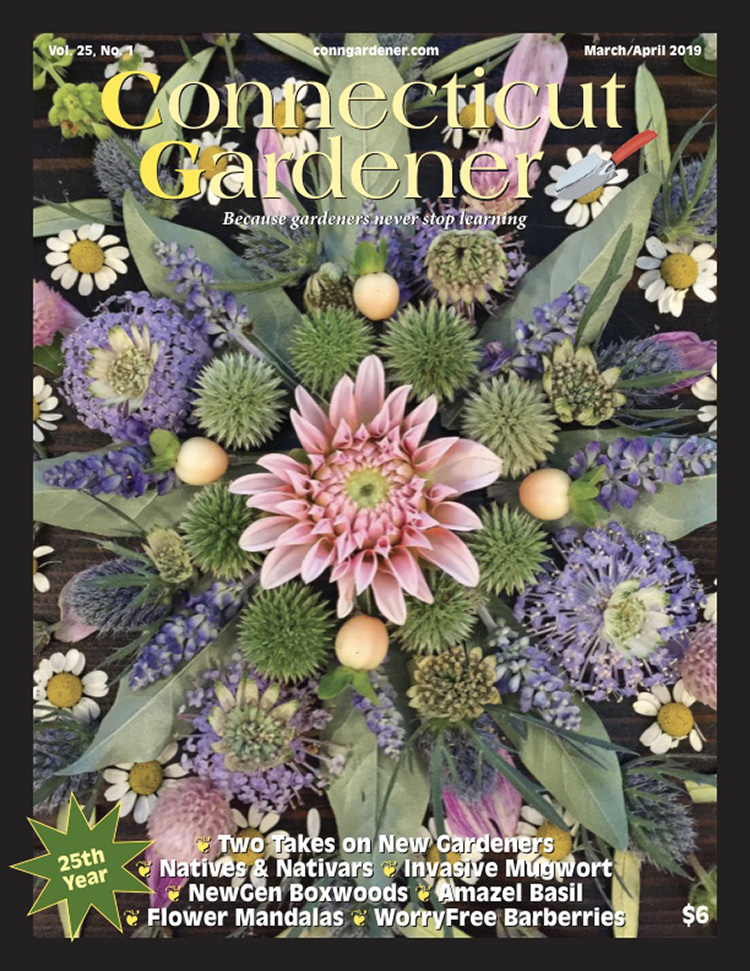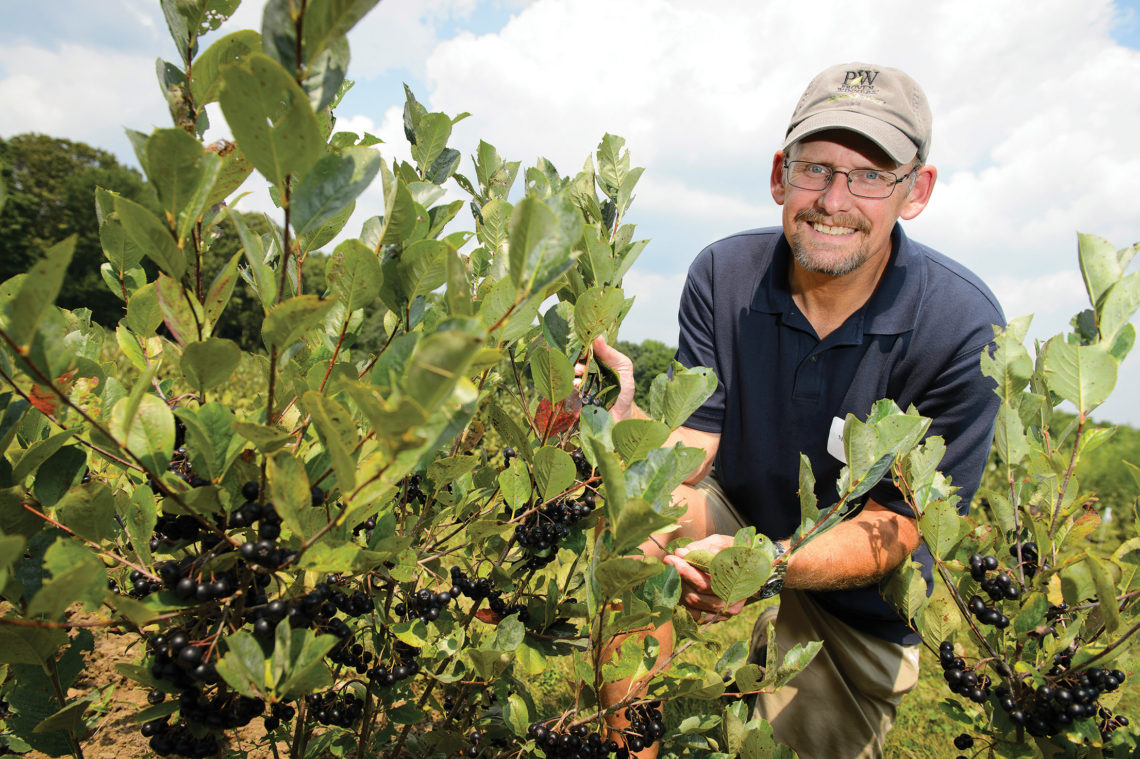The Perennial Plant Association’s 2020 Perennial Plant of the Year is Aralia cordata ‘Sun King’ (Golden Japanese spikenard). The following description is from Walters Gardens – waltersgardens.com “An excellent complement to hostas and woodland perennials, ‘Sun King’ emerges mid-spring with bright gold leaves held on nicely contrasting reddish brown stems. If given at least a few hours of sun a day, the foliage will remain yellow all summer. In heavier shade, the foliage ranges from chartreuse to lime green. This plant quickly forms a large clump of foliage which amazingly resists deer browsing. It reportedly grows just three feet tall and wide, though many plantsmen believe it will grow larger…
-
-
AHGA Hosta of the Year
The American Hosta Growers Association (AHGA) Hosta of the Year for 2020 is Hosta ‘Dancing Queen.’ According to the Missouri Botanical Garden … “ ‘Dancing Queen’ was developed and introduced in 2005 by Kent Terpening of Syracuse, NY, using Hosta ‘Split Personality’ as the seed parent and an unknown pollen parent.” The following description is from Walters Gardens – waltersgardens.com A unique large, yellow hosta from Kent Terpening. Unlike other yellow hostas which emerge or turn chartreuse, ‘Dancing Queen’ emerges bright yellow and remains yellow all season long. The large leaves have a prominent pie crust edge, adding even more pizzazz to this colorful hosta. In mid- to late-summer, the…
-
Year of Lavender
The National Garden Bureau (NGB) has proclaimed 2020 to be the Year of the Lavender. To find out more, go to their website at ngb.org, where there’s plenty of information in the form of pictures and presentations. There are many types of Lavender including English, French, Portuguese and Spanish. And, of course, there are a variety of crosses available. English lavender (Lavandula angustifolia) is the most suited to our New England climate. It’s the hardiest and several varieties have been trialed to overwinter reliably through Zone 5. The following description is from NGB … “English lavender blooms sit on spikes rising tall above a gray-green base of leaves. Both the…
-
Our March/April 2019 issue
Our March/April 2019 edition is at the printer. It’s scheduled to go into the mail on Feb. 20. For subscribers with digital access, it should be available the same day. We’ll also have plenty of copies with us at the Connecticut Flower & Garden Show in Hartford Feb. 21-24. Find us at the four corners (booth 831), our usual location — back-to-back with NE Seed. March/April 2019 features a breathtakingly illustrated story on Flower mandalas by Michael Russo of Trout Lily Farm (the cover story), and our friends and frequent contributors Lorraine Ballato and Nancy DuBrule-Clemente share their takes on the evolution and generation of a new generation of gardeners.…
-
UConn’s New Chokeberry Nativars
JULY-AUG 2018 – Mark Brand, a professor of horticulture at UConn, recently introduced two new varieties of black chokeberry: Low Scape® Mound (UC165) and Low Scape® Hedger (UC166). Black chokeberry (Aronia melanocarpa) is native to the Eastern U.S. so we can use the term nativar instead of the more generic cultivar. Nativar is a term coined by Dr. Allan Armitage to indicate cultivars and hybrids derived from native plants. There’s a growing interest in using native plants and an increasing demand for improved varieties that perform well in our landscapes. The development process, which used traditional hybridizing techniques, took about 10 years. Both of these varieties flower on old wood…
